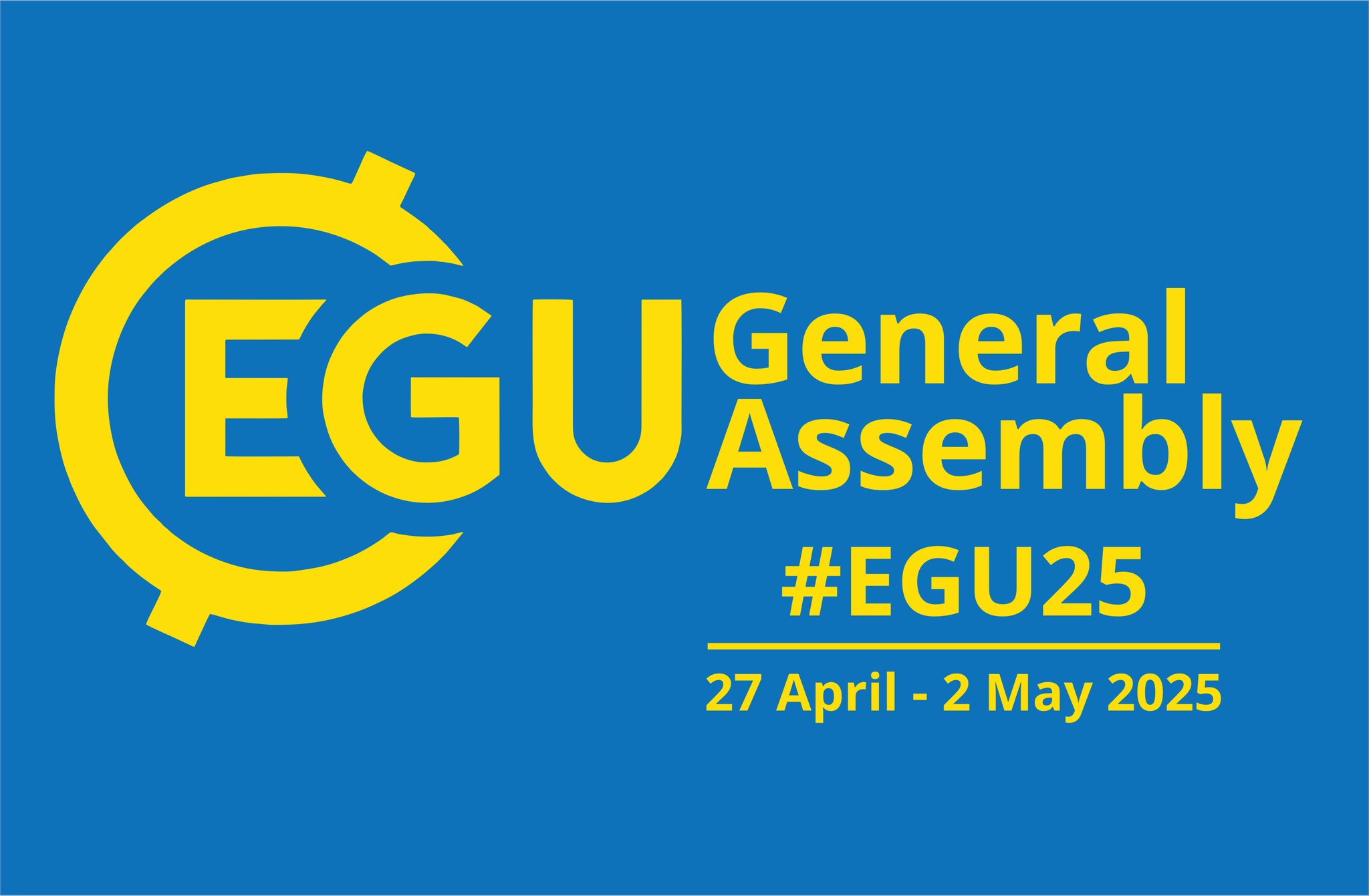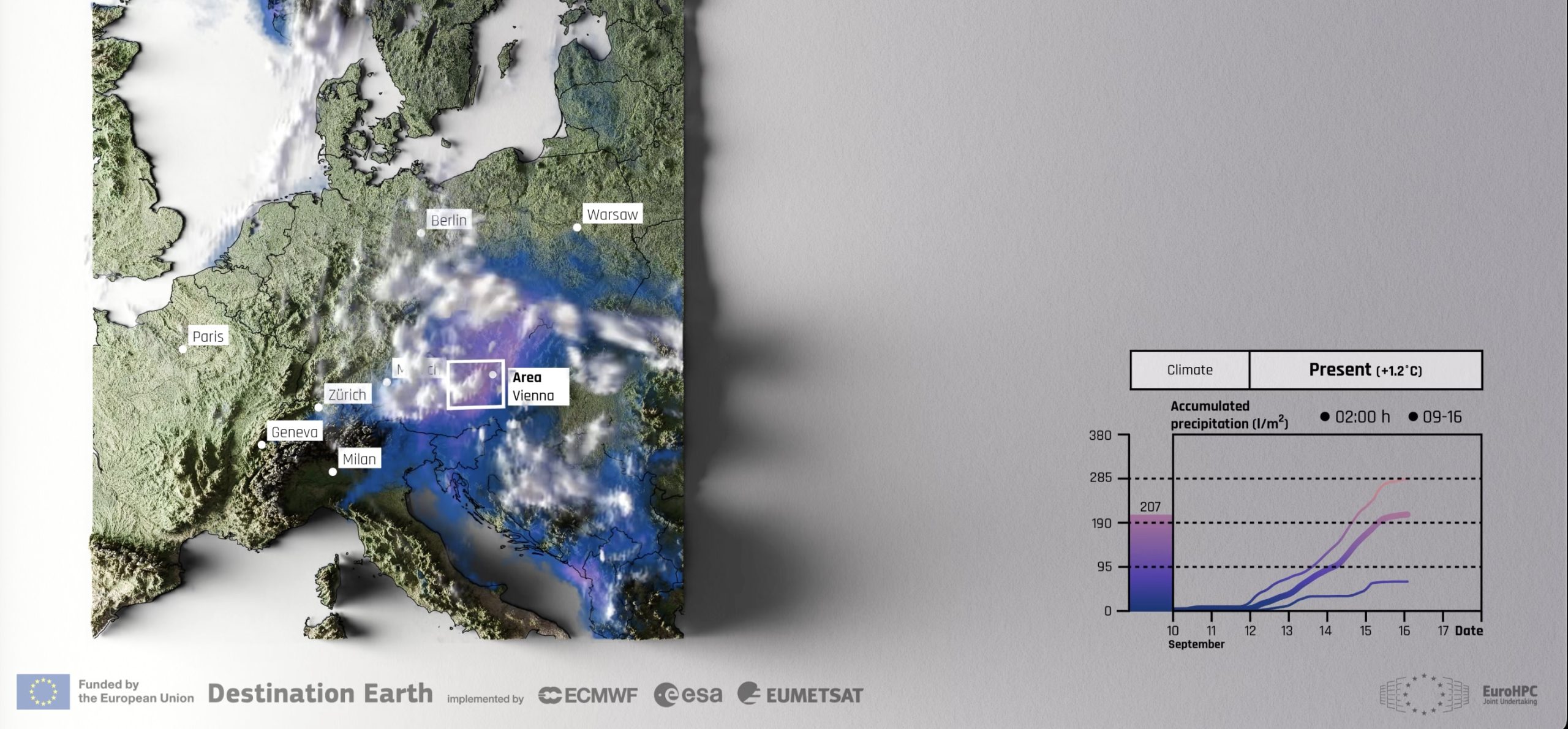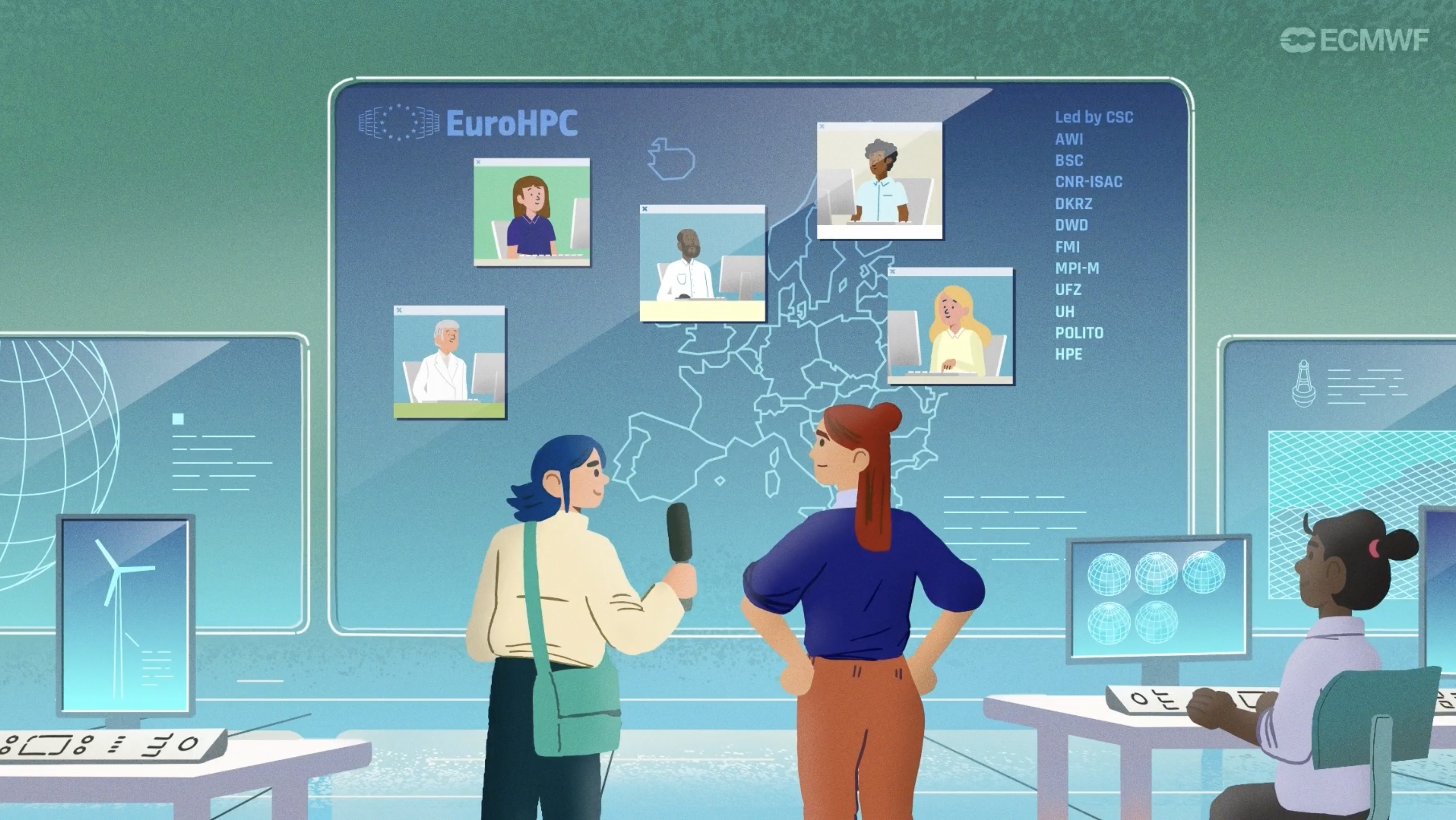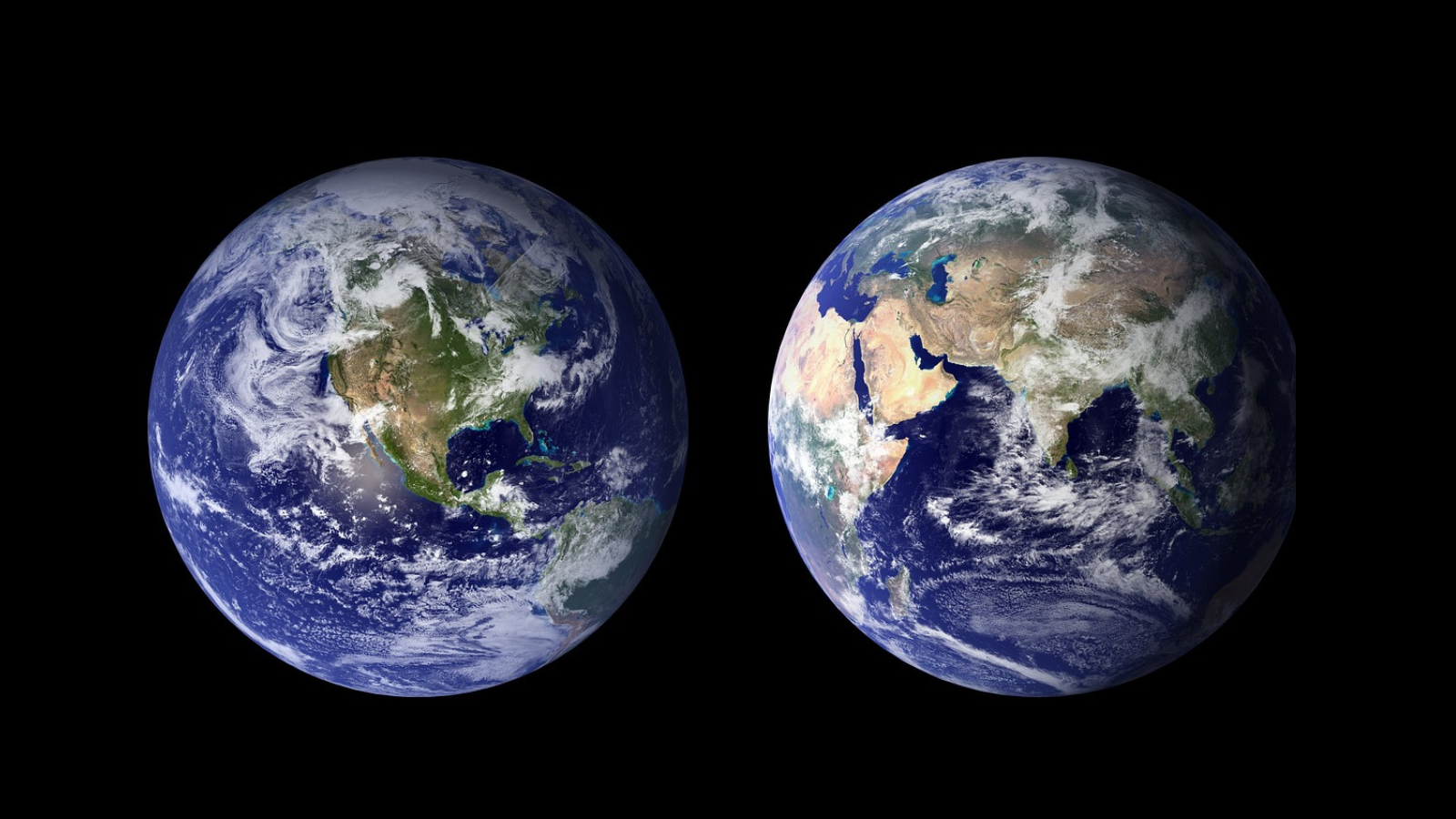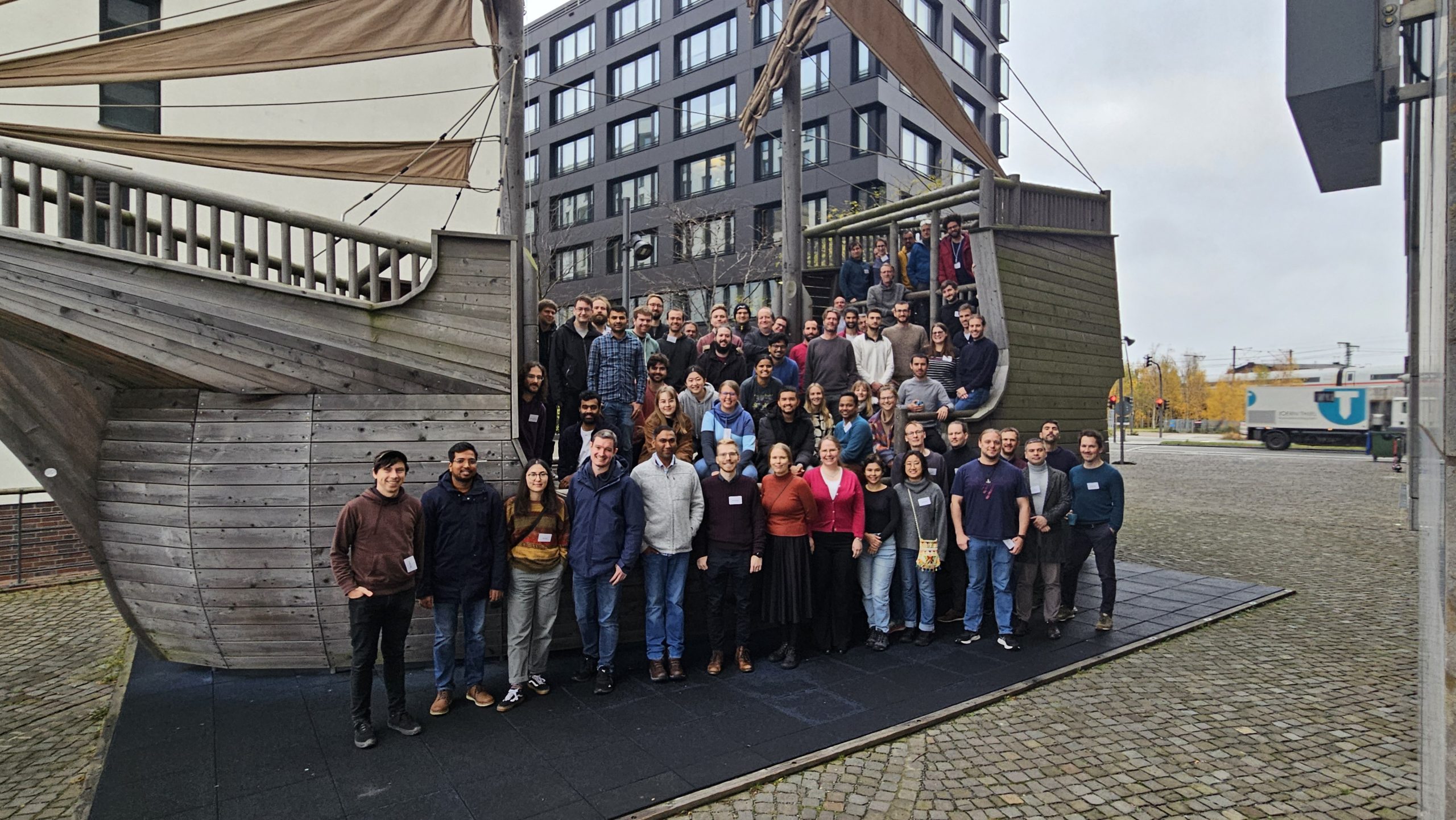
The Digital Twins
Digital Twins
DestinE is centered around an ecosystem of Earth-system digital twins.
Digital twins of the Earth-system represent a gamechanger in our understanding of how the Earth system will evolve, enabling a better assessment of the implications of climate change and impacts of extreme events from a global to a local scale. The DestinE twins complement existing prediction capabilities, support adaptation policies, as well as the implementation of the Green Deal.
ECMWF has been entrusted by the European Union, to deliver the Destination Earth Digital Twins. The first two high-priority digital twins focus on weather-induced extremes and climate change adaptation. These twins will simulate the behaviour of our planet with unprecedented quality, at high resolution spatial scales, where the impacts of extreme weather and climate change are felt.
Built in close partnership with over 90 institutions across Europe, the digital twins combine several cutting-edge Earth system models and observations together with the most advanced digital technologies, machine learning and artificial intelligence, and are integrated with applications for the sectors most affected by climate change and extremes.
Find out more about Digital Twins in our Digital Twin Explainer
DestinE’s digital twins have three main features
Quality
Providing detailed high-resolution information from global to local scale, based on accurate simulations performed with more realistic Earth-system models and an enhanced observation-simulation fusion.
Impact
Providing integrated Earth-system and impact sector information at the relevant spatial and temporal scales for environmental challenges.
Interactivity
Providing interactive access to models, data and workflows, based on the Digital Twin Engine and innovative cloud-based solutions.
ECMWF is building the first two, high-priority digital twins
Weather-Induced Extremes Digital Twin
Climate Change Adaptation Digital Twin
Find out more about Digital Twins in our Digital Twin Explainer and Digital Twin Factsheets.




